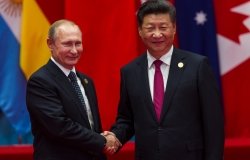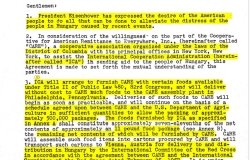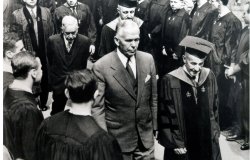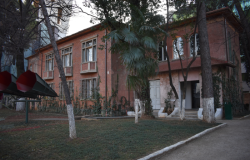NKIDP e-Dossier No. 11 profiled in South Korean media
The release of NKIDP e-Dossier no.11, “Explaining North Korean Migration to China,” was reported widely upon by the South Korean press, with articles appearing in Joongang Daily, Donga Daily, Yonhap News Agency, and Hankook Daily and broadcasts appearing on MBN .
The release of NKIDP e-Dossier no.11, “Explaining North Korean Migration to China,” was reported widely upon by the South Korean press, with articles appearing in Joongang Daily, Donga Daily, Yonhap News Agency, and Hankook Daily and broadcasts appearing on MBN .
As covered by the media, the e-Dossier featured 11 translated Chinese documents which provide a window into historical cases of legal and illegal migration between the DPRK and China. The documents show that Chinese citizens, mainly Korean Chinese, migrated to North Korea in the 1950s and 1960s in large part due to hardships such as hunger, poverty, and racial discrimination.
The e-Dossier was introduced by Hazel Smith, Professor at Cranfield University and Fellow at Woodrow Wilson International Center for Scholars.
To view e-Dossier no. 11, "Explaining North Korean Migration to China," please click here.
Related Programs

North Korea International Documentation Project
The North Korea International Documentation Project serves as an informational clearinghouse on North Korea for the scholarly and policymaking communities, disseminating documents on the DPRK from its former communist allies that provide valuable insight into the actions and nature of the North Korean state. It is part of the Wilson Center's History and Public Policy Program. Read more

Hyundai Motor-Korea Foundation Center for Korean History and Public Policy
The Center for Korean History and Public Policy was established in 2015 with the generous support of the Hyundai Motor Company and the Korea Foundation to provide a coherent, long-term platform for improving historical understanding of Korea and informing the public policy debate on the Korean peninsula in the United States and beyond. Read more







